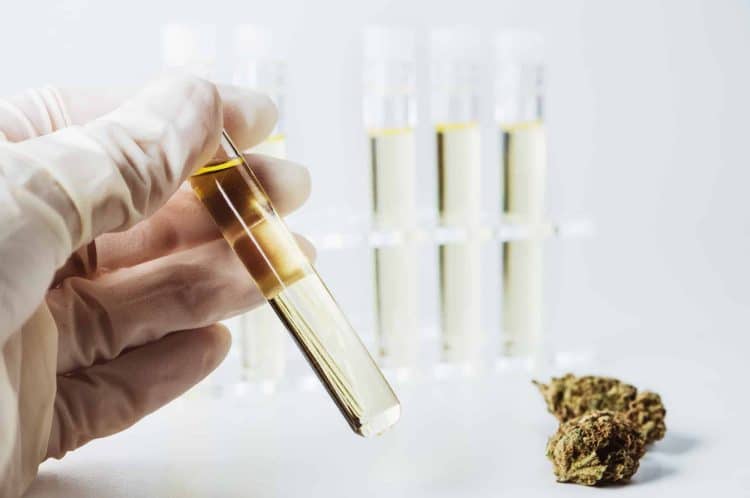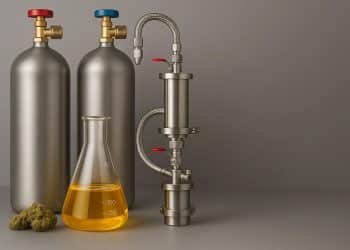Comparing the Efficiency of Solvents Commonly in Use
Given the large interest in and thriving industry surrounding cannabis extraction, both at DIY and industrial levels, it should come as no surprise that there are several iterations of the extraction process. Namely, there currently exists many common cannabis extraction methods for essentially doing the same thing, which is pulling cannabinoids (and terpenes) out of plant matrices using a carrier solvent. However, of these solvents currently in use, which one is most efficient?
It’s possible to discuss this topic from different perspectives, including economically and chemically. For the sake of this article, we will limit our conversation to the mathematical efficiency of different extraction solvents. In other words, we are not seeking to answer the question, “Which solvent is the most cost-effective?” but rather are seeking to answer, “Which solvent is able to pull the most cannabinoids out of cannabis plants while leaving the fewest of them behind?”
A study by Hazecamp and Romano evaluated the effect of ethano and some pre-industrial cannabis extraction solvents (naphtha, olive oil) on cannabinoid and terpene content. [1] They found comparable efficiency between all the systems they used but noted that olive oil seemed to be most efficient at extracting terpenes, especially during times of longer heat subjection. Presumably, this was because olive oil had both a higher affinity for oils and reduced volatility allowing for greater stabilization. Interestingly, when the alcohol extract was cleaned up with activated charcoal, it scrubbed over 50% of the cannabinoid content out of the solution, which has some implications for those choosing this extraction method.
Of the common solvents seen in large extraction laboratories today, hydrocarbon solvents (butane, propane, or mixtures thereof) remain the most efficient. That is because, like cannabinoids,hydrocarbonsd is like water (hydrophobicity), while supercritical CO2 and ethanol simply do not. “Like-dissolves-like” is the oft-quoted and still-true mantra of solvation, and this particular case is no exception. Therefore, for the purposes of absolute efficiency, there is still no better way to squeeze the most cannabinoids out of your buds than hydrocarbons.
Having said that, supercritical CO2 is a close second in terms of extraction efficiency. It also has the additional benefit of being able to have its properties as a solvent manipulated by controlling the temperature and pressure of the system. So, while the overall efficiency is still not as good as that of hydrocarbons, it can be made to more selectively extract certain cannabinoids and terpenes over others.
Finally, ethanol has remained a popular choice for cannabinoid extractions even though it preforms relatively poorly at roughly an 80% extraction efficiency compared to the two solvents mentioned above. [2]
References
- Romano, Luigi L. and Hazekamp, Arno. “Cannabis Oil: chemical evaluation of an upcoming cannabis-based medicine”. Cannabinoids. 2013;1(1):1-11[Times cited = 45, Journal impact factor = N/A].
- Methods for Producing and Testing Extracts and Infusions. Rosemary Habib Julie Hsia Steven Davenport BOTEC Analysis Corp. I-502 Project #430-1d August24,2013
Image citation












